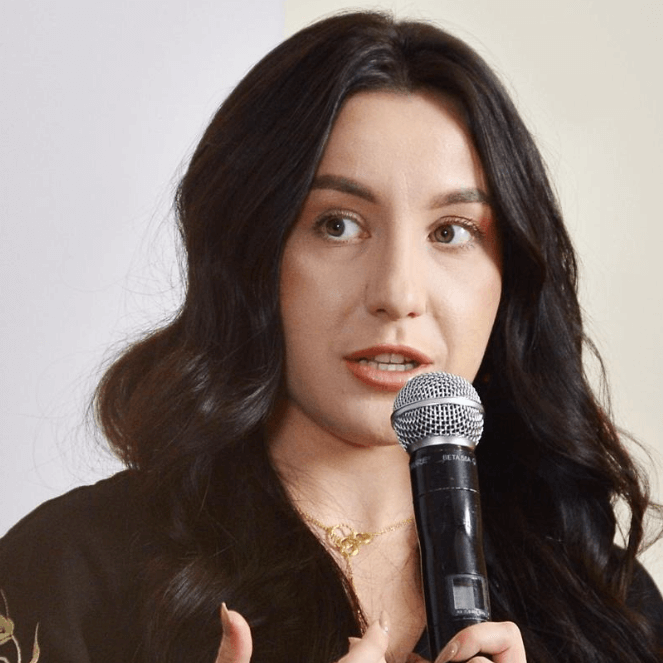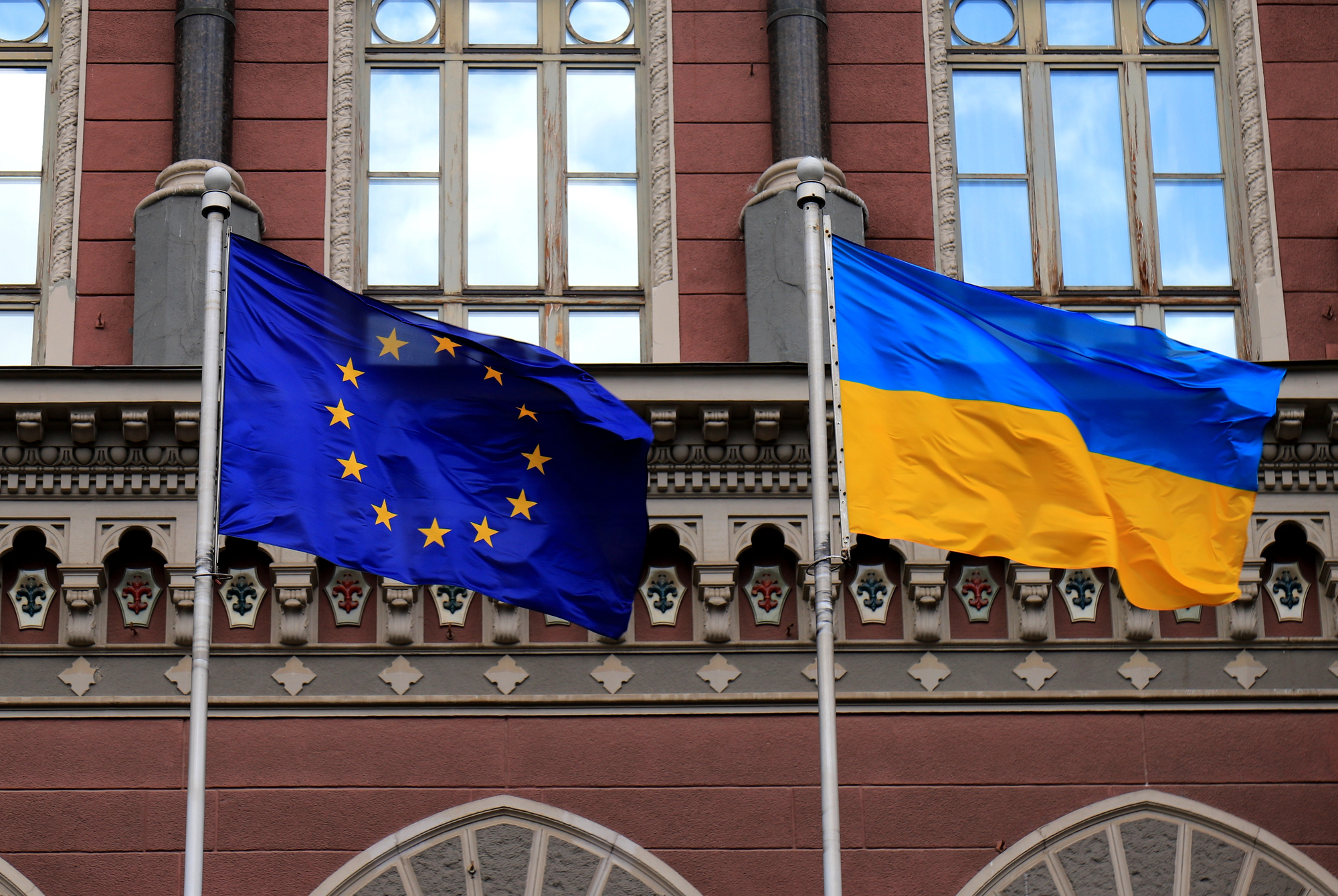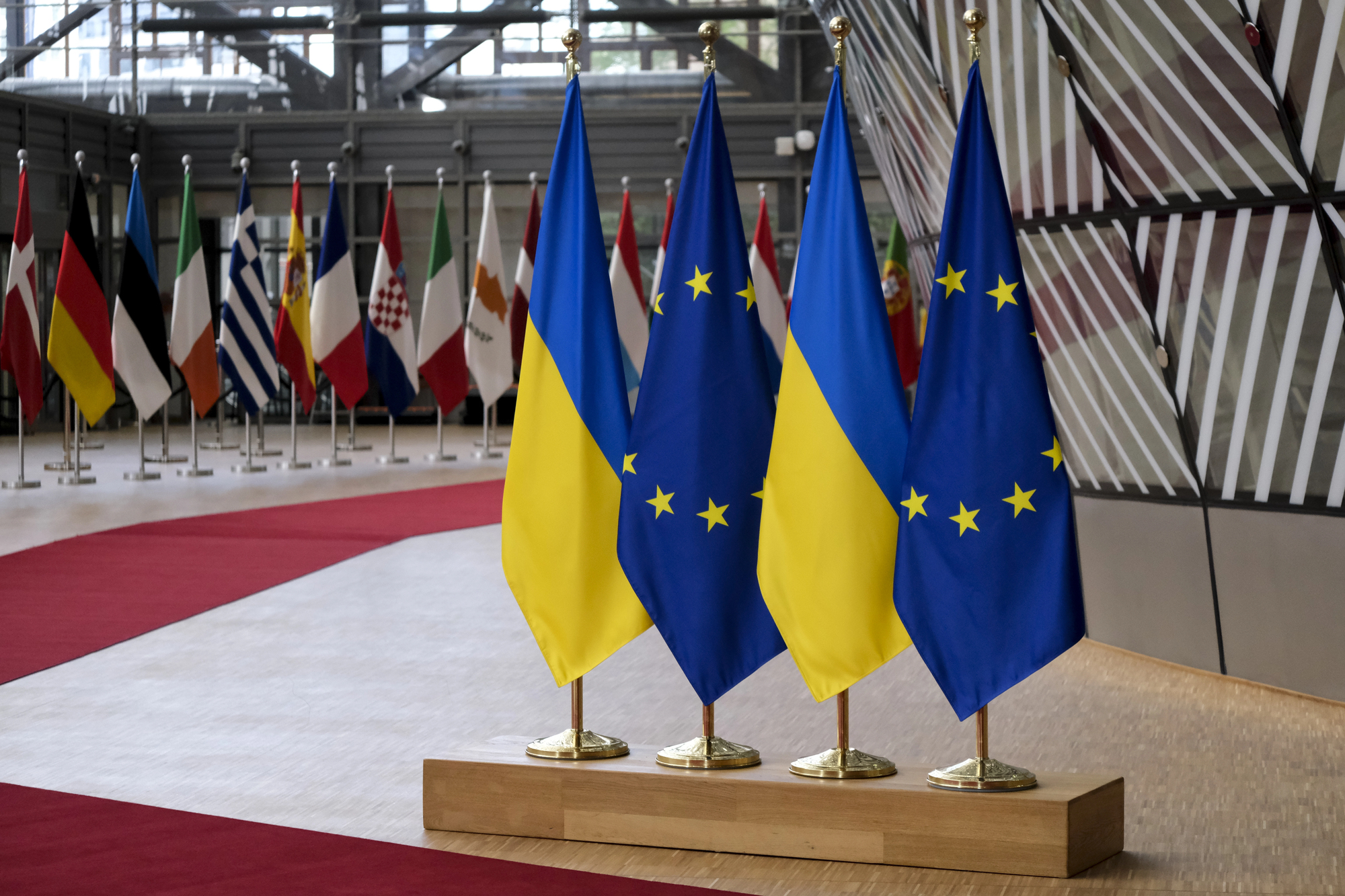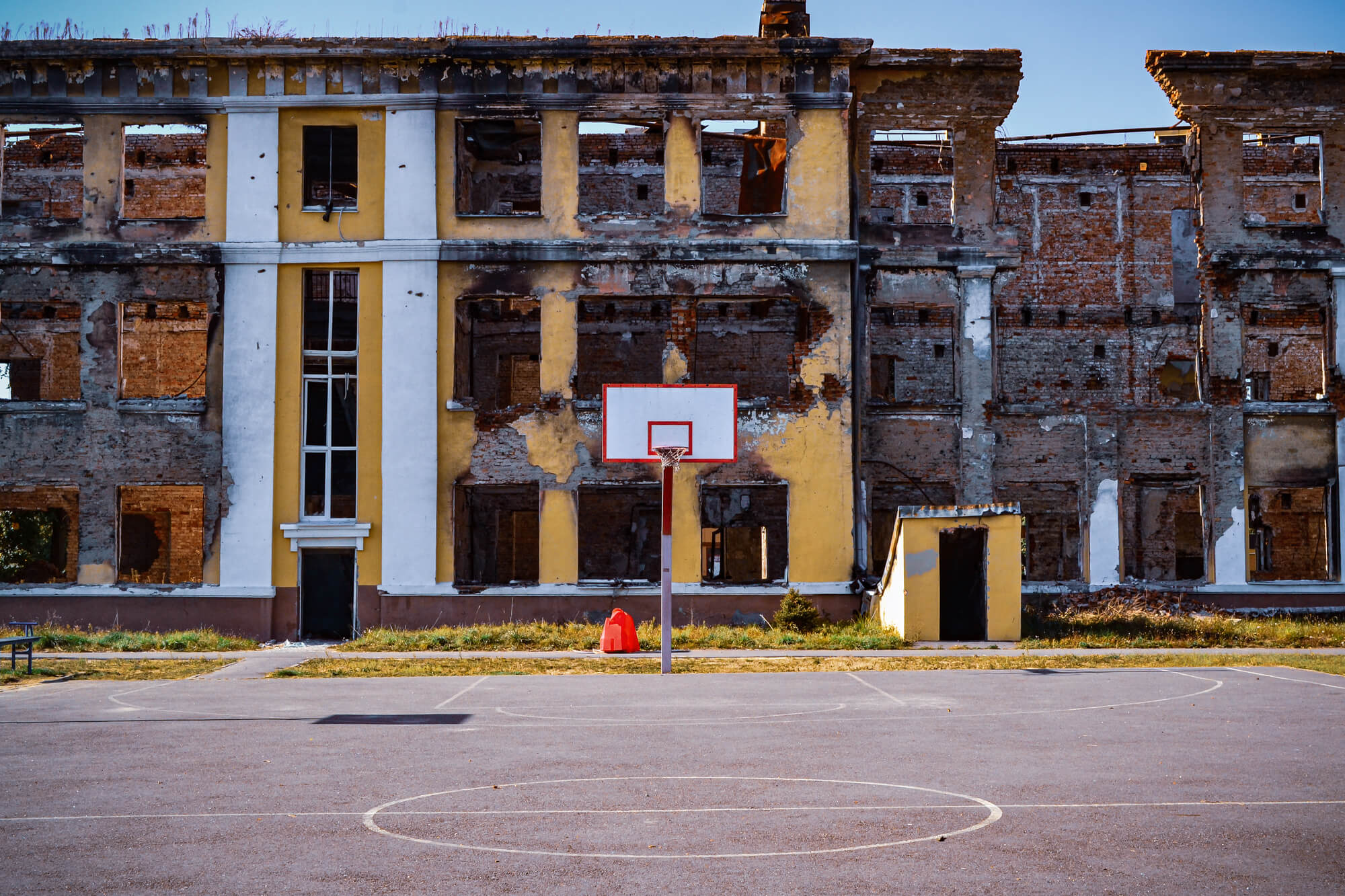On February 2, 2020, the WHO announced the infodemic for the first time — a month before the official announcement of the pandemic. Today, on February 2, 2021, we review the most viral, most absurd, and most dangerous fakes of the past year.
From March 2020 to January 2021, VoxCheck examined nearly 900 fakes that covered Facebook’s multimillion audience. More than 65% of them were related to the coronavirus pandemic. All of them can (and should!) be looked through on our coronavirus platform.
Stay updated with the verified news and exposed fakes: read our channel The Anthology of Lies in Telegram.
Along with the COVID-19 pandemic, Ukraine was also affected by the infodemic. Read this article to learn what an infodemic is, how the term came about and how it was fought last year around the world; which fakes were most widespread and who shared them in Ukraine, and how to get “inoculation against infodemic”.
The Infodemic in the World
The term “infodemic” appeared in 2003 as an abbreviation of “information epidemic”. Political scientist David J. Rothkopf first used the concept in a column for The Washington Post. He then wrote of the SARS epidemic, saying that “A few facts, mixed with fear, speculation, and rumor, amplified and relayed swiftly worldwide by modern information technologies, have affected national and international economies, politics and even security in ways that are utterly disproportionate with the root realities.”
However, falsehood about health-related information is not a new phenomenon.
Back in 1996, the Food and Agriculture Organization of the UN published a study on the quality of dietary information on the World Wide Web. The authors of the study evaluated the information on diets according to Canadian standards and found that 45% of the studied materials did not meet the recommendations. It is considered to be the first study of the infodemiology discipline, which studies the information dissemination, including the false one, related to health.
Twenty-five years have passed since this study, but lies about medical subjects are still popular. In the last three months alone, VoxCheck has been checking baseless claims about the healing properties of black cumin; warm water; Frankincense essential oil; honey and cinnamon; carrots; baking soda and honey; honey, flour, and olive oil compresses. These “health recipes” are being spread out of the COVID-19 pandemic context.
When the WHO announced the then 2019-nCoV infodemic on February 2, 2020, they described the concept of infodemic as “an over-abundance of information – some accurate and some not – that makes it hard for people to find trustworthy sources and reliable guidance.” To counter the untruth about the new virus, the WHO actively began to report about SARS-CoV-2 and refute related myths.
Read more about the spread of misinformation at the beginning of the pandemic in “COVID-19 Infodemic: Misinformation Spreads as Fast as the Virus.”
In April, Antonio Guterres, the UN Secretary-General, called to “flood the Internet with facts and science while countering the growing scourge of misinformation.” And already in May, the UN launched the “Verified” newsletter, which spreads brief facts on the subject of coronavirus.
Fact-checkers from 99 organizations in 77 countries have united in the #CoronaVirusFacts Alliance, the largest collaborative project ever launched in the fact-checking world. The Paris Peace Forum distinguished the initiative as a resource for combating misinformation. Analyzing the fakes from the database, we see that the same hoaxes are being spread in different countries. For example, the 10-second breath-hold to test for COVID-19 fake has been reported in more than 20 countries.
Since some members of the #CoronaVirusFacts Alliance cooperate with Facebook, verifying the authenticity of posts on the platform, fact-checkers inform the audience of Facebook and Instagram of factual information about the coronavirus. This cooperation helps to convey the facts to those who do not find them on their own or do not look for them in reliable sources.
On January 25, the #CoronaVirusFacts Alliance celebrated its year of operation. There are more than 10,300 fakes in the Alliance’s database now. During the year, 260,000 unique users visited the Alliance’s database on the Poynter Institute’s website 345,000 times. That’s almost 1,000 views of the #CoronaVirusFacts Alliance page a day.
Other social networks have also announced a clear policy on the dissemination of misinformation about COVID-19. For example, Twitter said it would mark or delete deceptive posts. YouTube removes videos that contain false claims, and reposting of misleading videos may lead to channel removal. Social networks have also created information platforms about COVID-19 for users’ quick access to factual information. For example, below the videos about the coronavirus on YouTube, there are panels leading users to the sites of regional health care institutions (in the case of Ukraine, they lead to the section of the Ministry of Health on current news about COVID-19). The same can be observed on Facebook.
The Infodemic in Ukraine
The first fakes and misinformation about the coronavirus in Ukraine appeared more than a month before the first COVID-19 case. On January 27, 2020, the media began to report on the first case of coronavirus infection in Kyiv, referring to the Facebook post of the Kyiv City Laboratory Center of the Ministry of Health of Ukraine. The confusion arose because the post was not about COVID-19 but another strain of the virus.
Further, read about the most spread coronavirus-related fakes in the last 12 months and those who spread them in Ukraine.
Transmitted via 5G and treated with Proteflazid: which fakes about COVID-19 were spread in Ukraine
There has been confusion with the types of coronaviruses for months in the Ukrainian Facebook. On Facebook, Ukrainians actively shared photos of Russian newspapers dating back to 1976 and 2003,which allegedly knew about the coronavirus and even how to treat it. However, these newspapers talked about other types of coronavirus.
They also tried to look for secret meanings in the new names of diseases. Allegedly, if you write “coronavirus” backward, then divide it into several parts – “surivan or oc” – and translate from Hindi into Ukrainian, you can get the words “east and eye”, which are the symbols of Freemasonry. The word “COVID-19” allegedly encrypts the message about digital identification certificates. And the product of the numbers corresponding to the sequence of letters in the word “coronavirus” is the devil’s number 666 666 666 666 (which, even if we follow the logic of fake, is an absurd mathematical error).
In the pursuit of “immunity” from the new unknown disease, Ukrainians began to trust dubious preventive measures. It was advised to counteract the virus with cupping therapy and leeches, a mixture of lemon and baking soda (this method was allegedly advised in Israel), hydrogen peroxide, hot water and sunlight, masks with propolis oil, and even alcohol and cigarettes. Ukrainians trusted such advice of no-name doctors and Facebook “experts” almost more than they trusted evidence-based medicine.
Of course, none of these methods has either a scientific basis or proof from medical practice. The WHO and other leading organizations, in particular, the American CDC or the Ukrainian Ministry of Health, or the Center for Public Health, have never advised this. Prevention of COVID-19 is one: keeping distance, avoiding crowded places, using masks in public places, washing hands with soap, or at least applying an antiseptic and leading a healthy lifestyle.
However, not everyone liked such preventive measures. Facebook and other social media actively discussed, in particular, the harm of masks. That they allegedly cause carbon dioxide poisoning, skin cancer, symbolize slavery, and that, at all, science has not proven their benefits against the spread of the virus. The masks were even associated with a symbol of imprisonment: they were allegedly worn on Guantanamo prisoners for humiliation. Non-contact thermometers, antiseptics, gloves — these methods to slow down the spread of the virus are also considered extremely harmful and dangerous by the fake creators. None of these is true. But the effectiveness of masks to reduce the spread of the virus has been repeatedly proven.
In social media, it was also offered to treat coronavirus with unreliable drugs and methods. The biggest and most viral fake is Proteflazid, as a cure for coronavirus. While this alcohol tincture is suitable only as a disinfectant — for external use only, such as for hands or surfaces, there is no point in taking it orally. Its effectiveness not only against COVID-19 but also against other diseases (including HIV, as manufacturers say) has not been proven too.
Proteflazid was not the only one. Lidocaine, breath-holding, water vapors, alcohol injections, and even vodka vapors – this is not a full list of “medicines” that Ukrainians have been advised on social media for “cheap but good” recovery from the new Chinese scourge. The most enterprising ones tried to make money on it. For example, back in April, Ukrainians allegedly already developed a vaccine against coronavirus. Some even suggested treating COVID-19 with special music. However, all of these treatments are not only ineffective and unproven but sometimes even dangerous.
Quarantine is another top topic for numerous fakes. Like, quarantine is genocide, a manifestation of fascism, creation of concentration camps (including electronic ones), unjustified restriction of freedoms, and murder of small business. Quarantine was often unjustifiably called useless. However, numerous studies and statistics have repeatedly proven the real benefits and positive effects of quarantine measures.
Other fakes also worked in favor of quarantine manipulations: the alleged absence of a pandemic in Belarus, Sweden, or Tanzania. Or about the alleged WHO bribe for Madagascar and Belarus presidents to impose a quarantine, which is also nothing more than fiction. In fact, in the case of Belarus, there are doubts about the accuracy of morbidity statistics, Sweden was increasingly imposing (and continues to impose) quarantine restrictions, and Tanzania stopped testing the population for COVID-19 because it allegedly “defeated” the pandemic with the help of prayers.
Fake creators also managed to raise doubts about coronavirus testing. The most common point is that PCR tests cannot detect the RNA of the virus. Although this is how PCR tests work, they detect SARS-CoV-2 genetic material in the human body. We talked about it in this video:
Other fakes concerning the tests reinforced this idea: allegedly, kiwi, apple juice, Coca-Cola, goat, papaya, and Egyptian mummy had positive tests. However, in these cases, neither the test conditions nor which tests were used are known. One can receive false results because of a violation of the testing procedure or the use of inappropriate tests.
The most absurd theories about the emergence and spread of coronavirus are related to 5G towers and chemical trails. At the same time, fakes about the alleged danger of 5G towers caused real material damage. Because of such conspiracy theories, groups of activists set fire to 5G towers in the UK last year and in France this year, leaving millions of users without mobile communications, TV, and radio, let alone the extra cost of dealing with the incidents liquidation. We wrote about the real harm of conspiracy here:
The most common category of fakes is conspiracy theories. They played their part in the reinforcement of every fake news. The main idea of COVID-19 conspiracy theories is that a pandemic is pre-planned to turn people into a “submissive herd of slaves” with the help of quarantine, masks, and intimidation of a terrible invisible virus. Almost any rich person or world organization — Bill Gates, Elon Musk, George Soros, the Rockefellers, the Rothschilds, the World Bank, the WHO, and the United Nations — have been accused of launching the pandemic, creating a “new world order” and a “great reset“. Each time such theories were completely groundless, illogical, and unfounded.
Fakes-immigrants: how misinformation about the pandemic travels to Ukraine from abroad
Not all conspiracy theories and absurd fabrications about the coronavirus, which VoxCheck has refuted over the past year, were born and spread only within Ukraine. Often fakes, like COVID-19 itself, were “brought” by Ukrainians from abroad — from foreign media or the English-language segment of Facebook. VoxCheck covered this in detail in the article for Ukrainskyi Tyzhden. Here are some basic techniques for “bringing” the infodemic to Ukraine.
One of the ways for a fake born in, say, Spain, India, Brazil, or the United States, to get in Ukraine is the initiative of Facebook users themselves. For example, the first one of the Ukrainians shares the post of one American. The next person reposting the message will “take care” of the audience who does not understand English, and will add a translation. The subsequent user will only share the translation. Someone will not repost but will copy the text to a new post, and someone will take a screenshot and throw it in Viber or Telegram chat. There can be hundreds of such reposts in various interpretations.
By the way, it is at the stage of translation that completely reliable news can turn into a fake. It has happened so with the information that allegedly 80% of patients with coronavirus die because of being connected to ventilators. While the original Associated Press article said that patients die while connected to devices, not because of them. Increased mortality among such patients may depend on the patient’s condition in which they were connected to the ventilator.
But social media are not the only ones here. The media also disseminates unverified and unreliable information — sometimes as the result of carelessness and sometimes intentionally and purposefully. This way, for example, the fake stating that the coronavirus creates thrombosis, not pneumonia, and therefore it should be treated with aspirin, arrived in Ukraine. The English version of this fake was circulating in Paraguay and Venezuela, Mexico, Argentina, Germany, Spain, Italy, and India. Similarly, at the beginning of the year, in Ukraine, there was a piece of fake information that epidemics of such a scale as COVID-19 arise only once in 100 years. The media spread this news in North Africa, Mexico, and the Philippines.
Some bloggers “adapt” foreign fakes to Ukrainian realities. Thus, fakes about the ID2020 project have been circulating in Ukrainian Facebook since the summer. This global initiative is constantly linked to the microchips implantation and implementation of control through the vaccine. Similar fakes circulate in Bosnia and Herzegovina, Croatia, Serbia, Poland, Mexico, Argentina, and Colombia.
The network of Ukrainian fake creators: who distributes fakes about COVID-19 in Ukrainian Facebook
The Covid dissident movement has several leaders in Ukrainian Facebook. They spread their pseudo-scientific theories not only on YouTube and Facebook. Their #StopFakePandemic movement already has its merch. Several times a month, they protest in front of the Verkhovna Rada and the Ministry of Health against the quarantine, masks, forced vaccinations, and even body temperature measurements – they say that contactless thermometers harm the brain. Independent fact-checkers from Ukraine and all over the world continuously mark their posts on Facebook. YouTube deletes their videos for violating the rules of community use. Thus, they try to migrate to Viber and Telegram groups and alternative social media, like MeWe and Parler.
The most famous representatives of this movement are Serhiy Mikiten, Ostap Stakhiv, Serhiy Hula, Oleksandr Gumirov, Zakhar Milyutin, Lidiya Honcharenko, Olha Yaremiychuk, and others. Their blogs are NOT worth reading, just as you do NOT need to join their messenger groups. Why? We explain further.
Serhiy Mikiten is the founder of the #StopFakePandemic movement, as well as the head of the Vedic World organization. It is he who organizes protests under the walls of the authorities, where, like in his posts on Facebook, he actively opposes restrictive measures and methods of protection against COVID-19. In October 2020, he ran for the Kyiv City State Administration from the Nash Kray party. It is good that such activists eventually did not get into the Kyiv City State Administration.
Ostap Stakhiv is an activist, blogger, and, as he identifies himself, a “free journalist.” Founder of the Idea of the Nation NGO and party. He actively spreads conspiracy theories about the alleged harm of 5G, masks and quarantine, calls the pandemic planned, and vaccines against coronavirus — dangerous. He also ran in the local elections, but in Lviv, for mayor. Fortunately, he scored only 0.36%. Stakhiv’s “colleague” is Olha Yaremiychuk. She works as a ballerina at the Lviv Opera and Ballet Theater. They often record videos together, in which they allegedly expose evidence of a global pandemic conspiracy, experiments on Lviv residents via 5G, and call quarantine a concentration camp.
Serhiy Hula is a lawyer who retrained as a Covid-expert in 2020. In his YouTube channel, initially intended for legal advice, he has been spreading conspiracy theories about the pandemic and various vaccination myths since the last year. Besides, Hula is opposed to the Istanbul Convention because he sees it only as the corruption of young people and pedophilia. Oleksandr Gumirov is another advocate for Covid dissidents. On Facebook, he provides legal advice on why quarantine is illegal and how to “protect” yourself when required to wear a mask in the store. His advice is probably not very effective because the quarantine and mask regime has not yet been canceled.
But as the most powerful “anti-vaccinator”, we would call Zakhar Milutin. It is difficult for an unprepared reader to notice manipulations in his posts. Every time Milutin writes about the danger of vaccines, he refers to scientific articles, mentioning real scientists’ names and using specialized terms. However, there are manipulations there, and they are typical for almost all of the “anti-vaccinators”. Only what confirms the author’s opinion about the harm of vaccines is taken out of the context of research. The limitations of the conclusions of the article are omitted (for example, due to the sample size or research methods). The frequency and threat of side effects are often exaggerated.
Lidiya Goncharenko spreads the most absurd conspiracy theories. The words “fascism”, “nazism”, “satanism” are often heard in her rhetoric — this is how she calls the opposition of the governments of the world to the pandemic. She calls those who planned this pandemic to rule the world “creatures.” By the way, she also calls fact-checkers so. Goncharenko holds conferences to expose the plans of the world’s elites, organizes protests against quarantine under the State Bureau of Investigations building, and records motivational videos on how to counter the shadow government. Except, in social media, she has fewer followers than the previous characters do.
Vaccination against infodemic
Not to waste your time on nonsense or purposeful disinformation attack, we advise you to check the news at least by such a simple algorithm.
- The headline. Is it emotional? Does it include the words “Sensation”, “Urgent”, “Just reported”? Or maybe some of the letters are written in Latin letters or use numbers (such as «ш0к», «kоронав1рус» or «карантuн»)? Then you probably see a clickbait — usually, news with clickbait headlines is untrue or manipulative. Owners of sites with clickbait headlines make money from online advertising. So do not open the links. The fewer users fall for the headlines, the less such a site earns.
- Date of publication. Pay attention to when the news was published. Several months or even several years old information may be presented to you as a new and unique one.
- News text. Are there references to primary sources: laws, data from authorities, international organizations? If there is not, think about how credible the news can be if the sources are hidden from you.
There should be no epithets and personal assessments of the author in the news either. Otherwise, who and why is trying to arouse certain emotions in you? Quality news represents the positions of both supporters and opponents.
By the way, be careful: too positive emotions or statements can also hide the manipulation of facts. Fakes are hidden not only behind criticism or conspiracy theories.
If the expert comments on the news, check his biography. Is he connected to the oligarchs and politicians, where he works, and who funds his think tank? After all, isn’t the expert on international policy proving to you that medical reform is harmful?
Along with the vaccination from COVID-19, we advise you to do the so-called “vaccination against infodemic” — to learn to check information and consume news from quality journalists. For example, you can find reliable data on coronavirus on the websites of the WHO, the American or European Centers for Disease Control and Prevention, UNICEF, the Ministry of Health, and the Center for Public Health of Ukraine. And of course, read VoxCheck, because we read and check the infotrash, so you don’t have to.
Attention
The authors do not work for, consult to, own shares in or receive funding from any company or organization that would benefit from this article, and have no relevant affiliations




